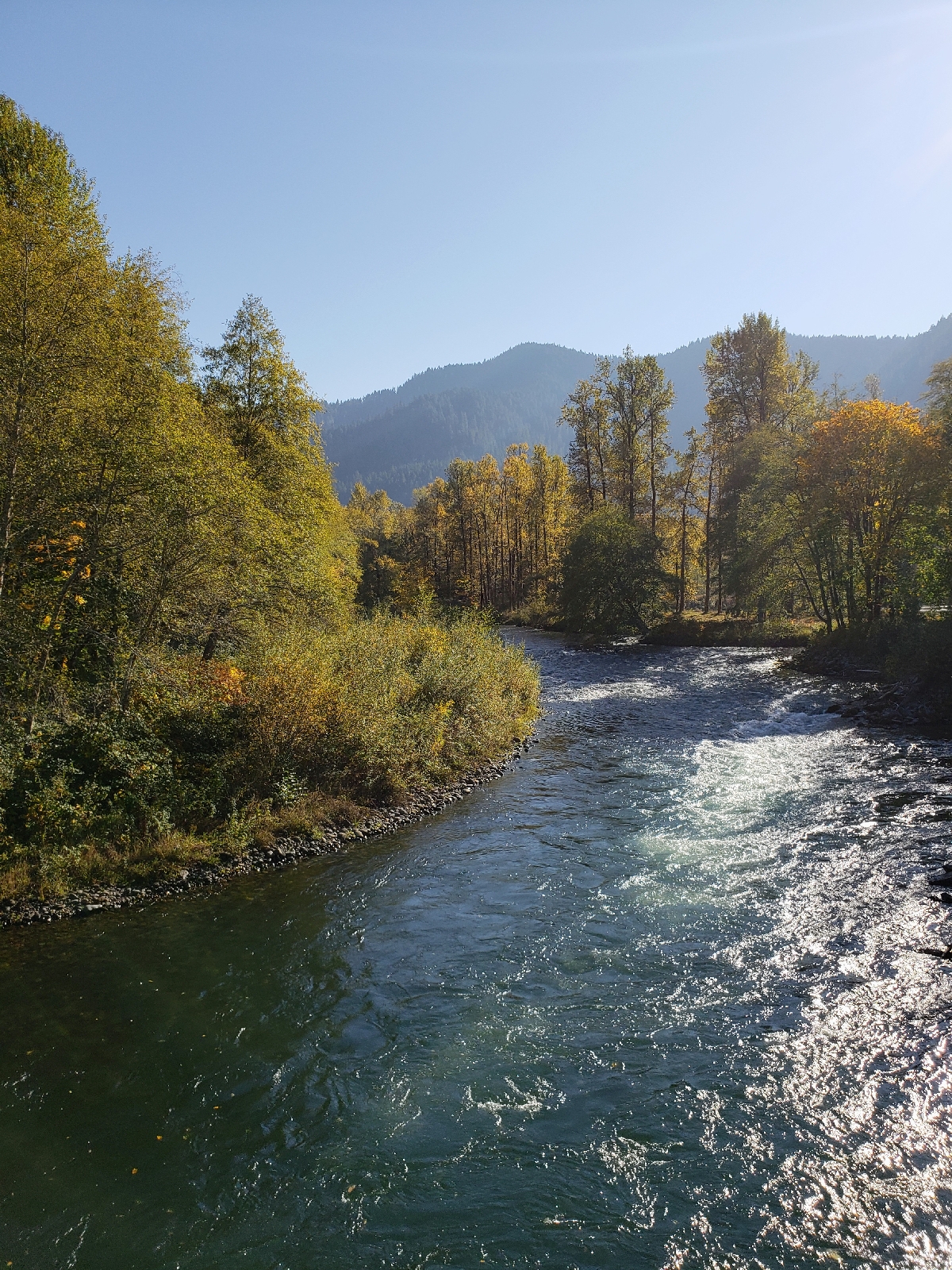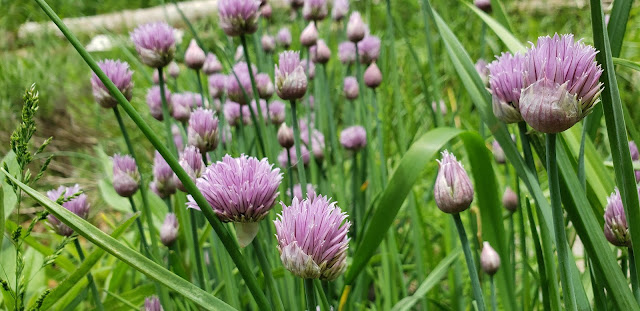Earth Day 2020

It's Earth Day! Here are some ways you can improve the health of our planet. 1. Replace disposable plastic products with durable and reusable products 2. Influence Environmental Policy - Write Your Representative 3. Reduce your carbon footprint 4. Learn about your local watershed 5. Reduce paper waste 6. Learn about invasive species 7. Upcycle 8. Conserve Water by… Only washing full loads of laundry Do not leave the water running…Instead… Wash produce in a bowl of water Defrost food in the refrigerator Keep a pitcher of drinking water in refrigerator Turn off water when brushing your teeth Take shorter showers Turn off water when washing your hair Retrofit showerheads, faucets, and aerators with WaterSense© Replace old toilets – consider a dual-flush toilet 9. Reduce Air Pollution by… Limit driving – carpool, public transportation, walking, and biking Take few trips – combine errands Keep automobile maintained and regular...

